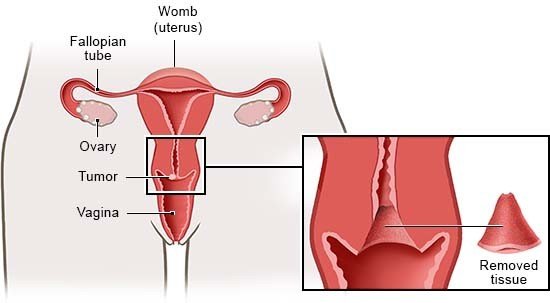Cervical cancer: How are precancerous cells treated?

Screening tests for cervical cancer can detect abnormal cells on the cervix. These cells are often not dangerous and usually go back to normal again without treatment. But it is also possible that they are precancerous. So major tissue changes (dyplasias) are typically removed surgically.
In Germany, cervical dysplasias are classified in three grades, depending on the outcome of the examination of the tissue sample (biopsy):
- Low-grade dysplasia (CIN 1)
- Moderate dysplasia (CIN 2)
- High-grade dysplasia (CIN 3)
CIN stands for "cervical intraepithelial neoplasia."
Low-grade or moderate dysplasia is usually no cause for concern. Many women have this kind of dysplasia at some point in their lives without knowing it. The body fights off human papillomaviruses that cause cells to change. That is why the dysplasias usually go away – especially in women between the ages of 20 and 30.
At higher grades the cells have already undergone major changes – they quite often develop into cervical cancer. So doctors recommend removing them before that can happen. The procedure for removing this tissue is called conization.

